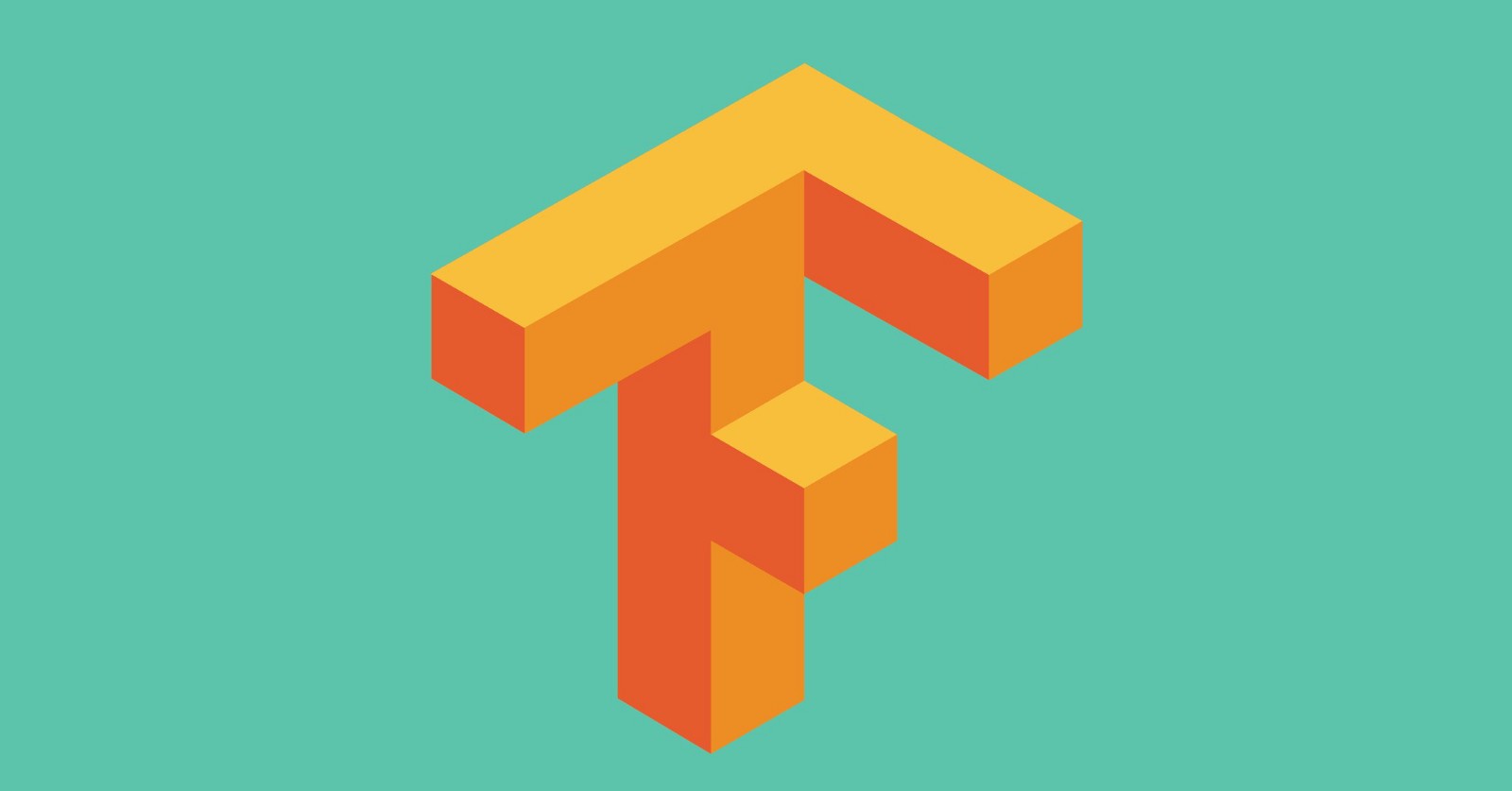


#Online graph builder tensorflow code#
After that, we need to write the code for placeholders with all arguments as shown. In the above example, we simply implement a placeholder program with the argument as shown. Now let’s see how we can create placeholders with examples as follows. In the above syntax, we use TensorFlow with a placeholder as shown in the above syntax also, we need to specify the data type. Variable name = aceholder(specified data type, None) As constants, we need to call a constructor to introduce a variable the underlying worth can be passed in as a contention. In TensorFlow, factors are of incredible use when we are preparing models. We need to remember that TensorFlow factors should be introduced. TensorFlow factors can hold the upsides of predispositions and loads all through the meeting. At the point when we train the model, we need to dole out certain loads and predispositions all through the meeting. Tensorflow chips away at information stream diagrams where hubs are the numerical activities and the edges are the information in the tensors, thus the name Tensorflow. Tensorflow is an open-source AI structure created by Google that can assemble neural organizations and play out an assortment of all AI errands. So in simple words, we can say Tensorflow placeholder is used to manage all our data, but we need to maintain some basic structure for further use. With the help of this stored data, we can perform the different operations we want, such as building a computation graph without any data because Tensorflow placeholder provides the required data to the system to perform the operation. Basically, the TensorFlow placeholder is a simple variable that stores the assigned data for later users or says later date. Tensorflow provides the different types of functionality to the user, in which that placeholder is one of the functionalities that the Tensorflow provides.


 0 kommentar(er)
0 kommentar(er)
